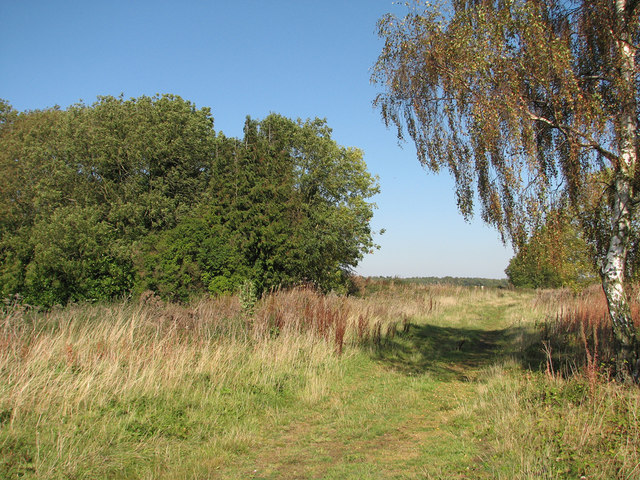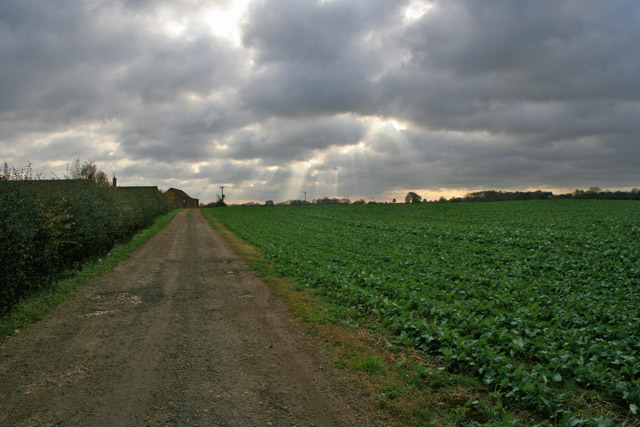Combs Plantation
Wood, Forest in Leicestershire Melton
England
Combs Plantation

Combs Plantation is a picturesque woodland located in Leicestershire, England. Covering an area of approximately 500 acres, it is nestled within the heart of the county's charming countryside. The plantation is part of the larger National Forest, a project initiated in the 1990s to reclaim and transform former coal mining areas into thriving woodland.
Combs Plantation is predominantly composed of deciduous trees, including oak, birch, and beech, which create a rich and diverse habitat for numerous plant and animal species. The woodland floor is adorned with a colorful carpet of wildflowers during the spring and summer months, attracting a variety of insects and small mammals.
The plantation is crisscrossed by a network of well-maintained footpaths and trails, allowing visitors to explore its natural beauty. These paths lead through enchanting glades, alongside babbling brooks, and up gentle inclines that offer stunning panoramic views of the surrounding countryside. Keen birdwatchers will find plenty to observe, as the woodland is home to a range of species, including woodpeckers, owls, and various songbirds.
Combs Plantation offers a peaceful and tranquil escape from the hustle and bustle of everyday life. It is a popular destination for nature enthusiasts, walkers, and families looking to enjoy a day surrounded by the beauty of the great outdoors. With its diverse flora and fauna, breathtaking landscapes, and well-maintained trails, Combs Plantation is a true gem in the Leicestershire countryside.
If you have any feedback on the listing, please let us know in the comments section below.
Combs Plantation Images
Images are sourced within 2km of 52.866221/-0.84274067 or Grid Reference SK7830. Thanks to Geograph Open Source API. All images are credited.








Combs Plantation is located at Grid Ref: SK7830 (Lat: 52.866221, Lng: -0.84274067)
Administrative County: Leicestershire
District: Melton
Police Authority: Leicestershire
What 3 Words
///distracts.cobras.rattler. Near Long Clawson, Leicestershire
Nearby Locations
Related Wikis
Stathern
Stathern is an English village and civil parish in the Melton district of Leicestershire. It lies in the Vale of Belvoir about 10 miles (16 km) north of...
Terrace Hills Pasture
Terrace Hills Pasture is an 11.3-hectare (28-acre) biological Site of Special Scientific Interest north of Eastwell in Leicestershire.This site has been...
Harby and Stathern railway station
Harby & Stathern railway station is a former station on the Great Northern and London and North Western Joint Railway that served the villages of Harby...
Eastwell, Leicestershire
Eastwell is a village and ecclesiastical parish in Leicestershire, England. The village's name means 'eastern spring/stream'.For the purposes of administration...
Nearby Amenities
Located within 500m of 52.866221,-0.84274067Have you been to Combs Plantation?
Leave your review of Combs Plantation below (or comments, questions and feedback).










